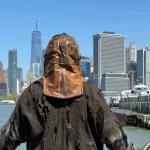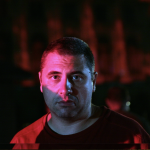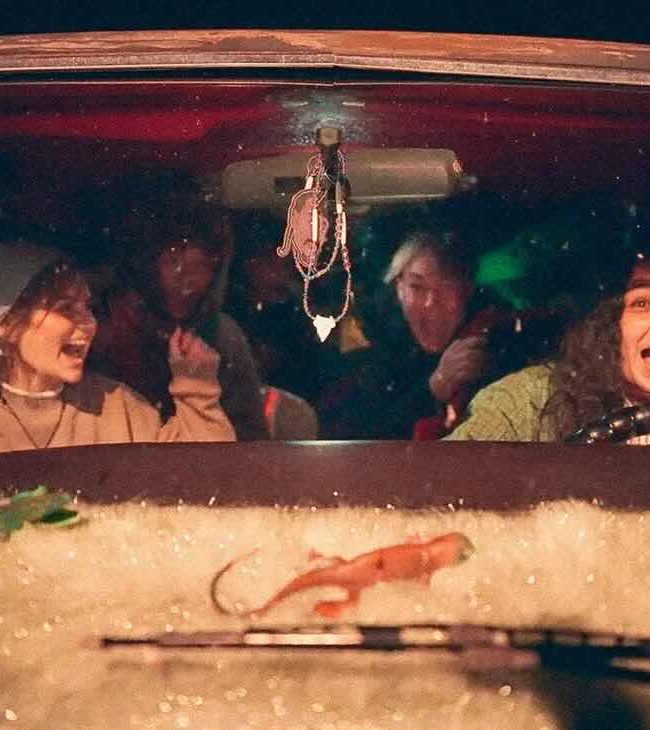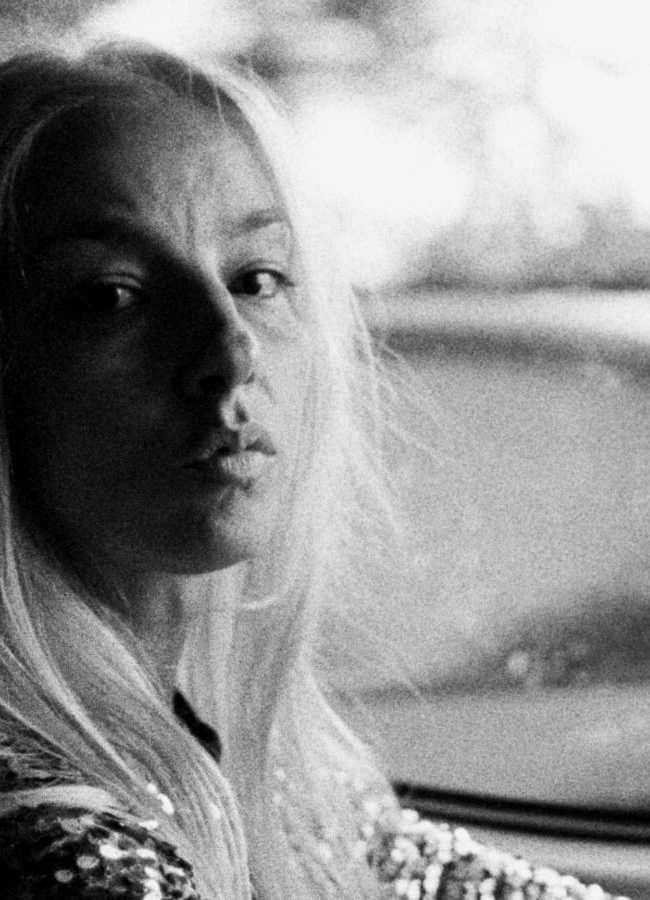A Conversation with Radu Jude (DO NOT EXPECT TOO MUCH FROM THE END OF THE WORLD)
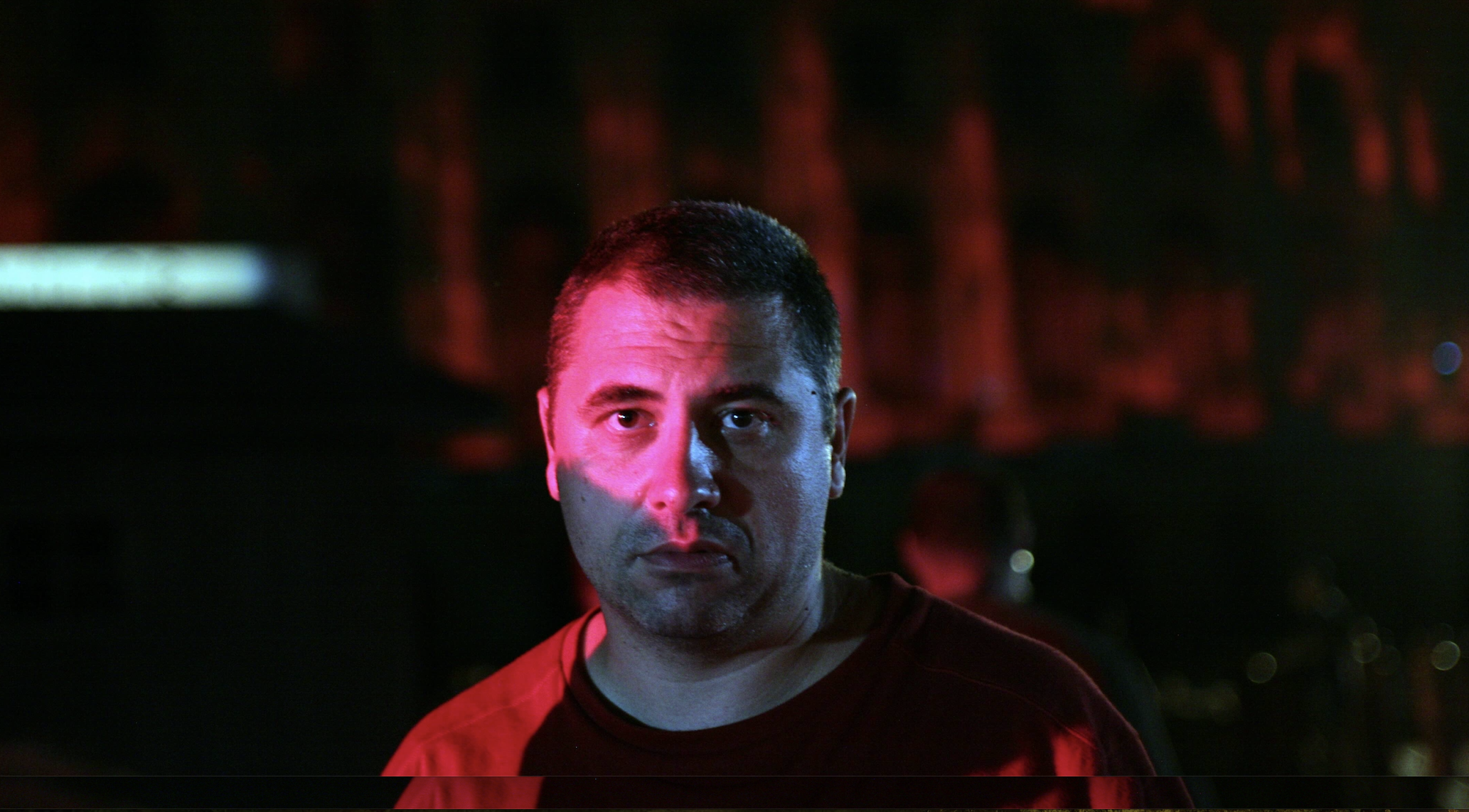
Radu Jude is a writer and director hailing from Romania. He attended the Media University of Bucharest. Soon after graduating, Radu worked as an assistant director on the 2002 film Amen and The Death of Mr. Lazarescu. From there Radu would go on to shoot many award winning short films. His most popular one being The Tube With a Hat which took home the grand prize at many film festivals including Sundance! In his time making short films, prior to his debut The Happiest Girl in the World, Radu directed over 100 advertising commercials. After many years of successful features playing at decorative film festivals, I was introduced to Radu through the excellent Bad Luck Banging or Loony Porn. The film is so fun and idiosyncratic in its stylings I knew I would be seated for Radu’s Next. With his latest film, Do Not Expect Too Much from The End of the World (now streaming on Mubi)Radu has solidified himself as one of the great visionaries of our time. The film goes against every single one of the so called rules of cinema and the result is sequence after sequence of fascinating experimentation. I watched the film, despite its nearly 3 hour run time, back to back nights. I could not get it off my mind. It was an honor to speak with Radu in the following conversation edited for length and clarity.
Hammer To Nail: Radu, thank you so much for taking the time to speak with me today. I am such a big fan of this film. I watched the film on Monday. On Tuesday I could not stop thinking about it so I watched it again. I think it is truly terrific. First, I would like to talk about the title. I think it is extremely fitting for this film especially in the end. I have been recommending this film to so many friends and they all have their attention caught by this title because it makes you want to see the film. How did you land on this title?
Radu Jude: I am glad you are saying that because some people were saying the title is too long. The film had another title before. It had a more down to earth title. It was called “A Case History.” At first I wanted this title to be similar to Chekhov. At some point I was reading this book by a polish author and he inspired this title. It expresses two things that go in the opposite direction. On one hand is this pessimistic feeling that some of us have of feeling tired and this feeling of the ending. It is not justified but there is this feeling. On one hand the film is serious and on the other it is mocking this feeling. This title going in two opposite directions fit the structure of this film. This author has other good quotes like “Some people make grammatical errors even when they are silent.”
HtN: I would like to talk about casting and costuming. Both of these played a crucial role in this film’s success. Can you talk about what went into both of these processes?
RJ: Nina Hoss is a famous actress from theater and Petzold’s work which I appreciate a lot. My producer had this idea. I explained the project to Nina and she was extremely kind and professional. Ilinca Manolache, she has mostly done theater but we worked together on some other films, but we always wanted to work together in a bigger way. At some point I realized this could be the opportunity. I trusted my intuition and my instinct and invited her to act in the film. I told her she needed to come with her avatar, “Bobita.” Bobita is her creation. She created him during the lockdown. I liked him so much I said, “We have to use him for the film.” I did the costumes! I always liked putting things together that should not be together. It creates tension. My producer has a place with tons of costumes from other films and that glitter dress was a random one from an extra. When I saw it immediately I knew I wanted to use it. It creates a contradiction. I think that in film more than any other art form people really want the characters to be fully rounded and consistent. Some people watching the film may think, “How can a woman who is so well read curse like a sailor?” I think that is bull shit. I do not see any contradiction between the two things. I know people like that. It is totally possible.
HTN: This film is fascinating in its structure within scenes and between sequences. Can you talk about your screenwriting process for this film? Did it differ from Bad Luck Banging?
RJ: All of my films have a different structure. I consider the structure of the film as one of the main elements. I would not imagine doing the same structure over and over. This is maybe why I do not like television as much. It is the same structure over and over. I am interested in finding new structures or at least something apart from traditional storytelling. A composer told me that she found the structure of the film to be musical. I see that as true. I do not write in a traditional process. It is a collection of things. I have folders of all kinds of stuff sometimes connected to the film, sometimes not. I try to put it all together. At some point, after a while of struggling to put them in order, they somehow all come into place and then I can make it some kind of a script.
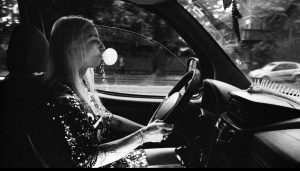
A still from “Do Not Expect Too Much from The End of the World”
HTN: if I am not mistaken this film is partly a work of film restoration? Please explain what went into the sequences in color.
RJ: It was not necessarily restoration but we used a piece of archive material. This was another layer that appeared later in the process. When it appeared it really changed the whole structure. I did a lot of research for the film. I looked through the archives of Romanian cinema to see if there were any films about a woman driver. The only one was this one! It was not great, but I kept watching it and little by little I realized it was actually quite subversive for its time. You see a lot of people in poverty in the film at a time when the government did not want that in their films. They are in the film for very short periods of time but that’s why I would slow it down. I hope that the audience feels like there are some documentary elements within this fiction films.
HTN: Driving plays a crucial role in this film as we see our lead drive into the abyss of Bucharest. What was your thinking behind these extended sequences of driving and the angle you chose to depict the majority of them.
RJ: I thought of the film as an anti-road movie. The car is normally seen as a vehicle or symbol of freedom. It is a way to achieve freedom. Especially in many American road movies. People can escape. They get to the car and go petal to the metal. Thelma And Louise, Easy Rider, that kind of thing. You can also discover that the same object can actually become a cage in a way. When you have to work in it for so many hours. It becomes like a moving prison. I wanted to express this feeling. I had the idea after I finished the film but I should have put Born to Be Wild in the sound track.
HTN: Ok I have time for one more so we have to talk about this ending. This is a masterful sequence and the way it cuts to the credits is just so fitting for this film. I would love to hear about the execution, was it one take? I also need to hear about when in the screenwriting process you decided this would be the ending and what the thinking is behind it for you?
RJ: There is one cut. I honestly do not have much to say about it. I consider it the weakest part of the film. I struggle with it too much. The staging of it, i did not know how to do it at first. It is a very didactic piece. I think that it is an interesting contrast of documentary, naturalism and theater. It is free flowing. I consider it weak though because I could not decide what it is. At the same time maybe that is why it is good? I do not know.
HTN: Well I thought it was great and I will continue to recommend this film to my friends. I will definitely be in a theater for your next work. Thank you so much Radu!
RJ: Thank you!
– Jack Schenker (@YUNGOCUPOTIS)



